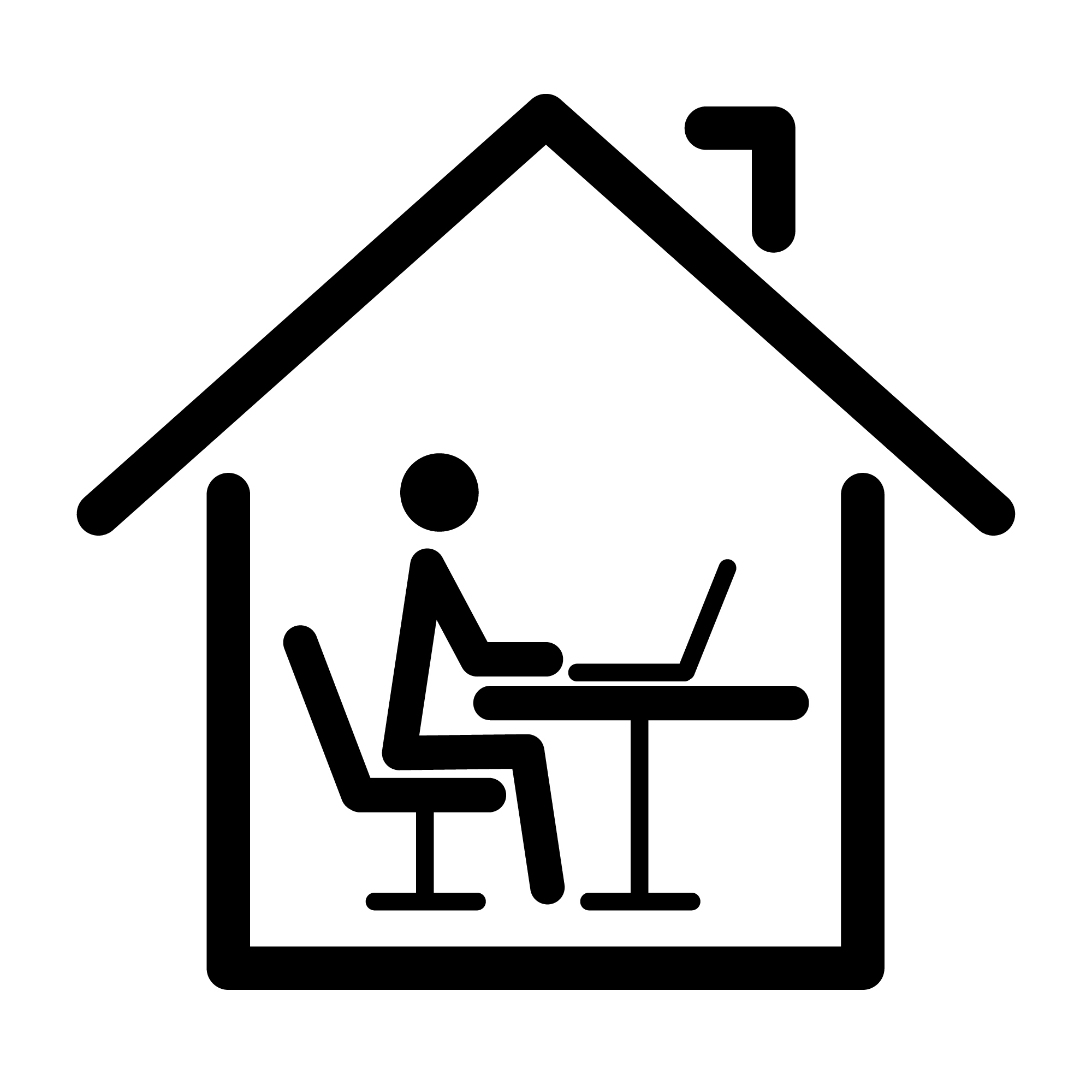The rise of remote work has led to a growing number of homeowners transforming spaces in their residences into home offices. As the work-from-home trend continues to gain popularity, homeowners associations are adapting their policies to accommodate this shift while ensuring that the community’s quality of life remains unaffected. Balancing work-from-home needs with community guidelines can be challenging, but by proactively addressing concerns, HOAs can create policies that meet their unique community needs.
A substantial portion of the workforce now prefers the flexibility of working from home, either full-time or part-time. This change has led many homeowners to establish dedicated home offices, which can impact community dynamics. For homeowners, working from home offers benefits such as avoiding commutes, increased productivity, and improved work-life balance. However, for HOAs, the rise of home offices brings new considerations—such as potential increases in noise, foot traffic, and parking congestion—that must be addressed to maintain community harmony.
Common Concerns Related to Home Offices in HOA Communities
- Increased Traffic and Parking Issues: Home-based businesses can lead to an increase in the number of visitors to the community, especially if the business involves client meetings or delivery services. This can create traffic and parking issues, especially in communities with limited visitor parking spaces.
- Noise and Disturbance: Some home offices are quiet, but others—like those used by professionals who see clients at home (e.g., therapists, tutors)—can generate additional noise and activity. This can become a disturbance to neighbors, particularly in multi-unit buildings.
- Zoning and Compliance Issues: Depending on local regulations, some types of businesses may be prohibited from operating out of a residence. Owners must take care to ensure compliance with local zoning laws and that the nature of work being performed from home does not conflict with existing community rules.
- Use of Common Areas: With more people working from home, community amenities like parks, clubhouses, or even Wi-Fi-equipped common areas may see increased use during business hours, potentially leading to overcrowding.
- Security Concerns: Increased visitor traffic due to home businesses may raise security concerns among residents, particularly if unfamiliar people are entering the community frequently.
Balancing Work-from-Home Needs with HOA Guidelines
- Review Governing Documents
HOAs should begin by reviewing the community’s governing documents—including the Covenants, Conditions, and Restrictions (CC&Rs), bylaws, and rules and regulations—to determine if existing policies address home-based businesses. If the documents are unclear, the board may consider amendments to address the changing needs of residents who work from home. Any updates to governing documents should clearly outline what types of work-from-home activities are allowed. For example, the HOA may prohibit businesses that require excessive client visits, generate significant noise, or involve the storage of hazardous materials.
- Establish Clear Guidelines for Home Offices
To strike a balance between supporting remote work and protecting community interests, the HOA can establish clear guidelines for home offices. These guidelines may include:
- Permissible Business Types: HOAs often focus on the nature of the impact of the business rather than the type of business when drafting restrictions (i.e. restricting those uses that generate significant noise, foot traffic, or safety concerns).
- Visitor Limits: Establish limits on the number of business-related visitors allowed within a given timeframe to minimize traffic and parking issues.
- Noise Restrictions: Reinforce existing noise regulations to ensure that work-related activities do not disturb neighbors. Home-based workers should be reminded to limit noise during quiet hours.
- Parking: Evaluate rules regarding business-related visitor parking. Some HOAs have elected to work with security personnel or to implement neighborhood watch programs to monitor increased visitor activity and ensure the safety of all residents.
- Educate Residents on Policies
Effective communication is key to ensuring compliance and preventing misunderstandings. The HOA should communicate its policies regarding home offices clearly to all residents. Newsletters, community websites, and informational meetings can be used to explain the rules and the rationale behind them, as well as the benefits of following these guidelines.
As remote work becomes a permanent part of many homeowners’ lives all owners must remember to balance remote work with the governing documents of the HOA. By reviewing the governing documents, establishing clear guidelines, ensuring compliance with local laws, and fostering open communication, HOAs can create a balance that accommodates the growing trend of home offices while maintaining the quality of life for all residents.
If you have any questions regarding these materials, please reach out to the firm for assistance. Call us toll free at (800) 743-9324 or email moc.w1765629067albdh1765629067c@ofn1765629067i1765629067.
The information contained in this article is not intended to be legal advice and is provided for educational purposes only.
